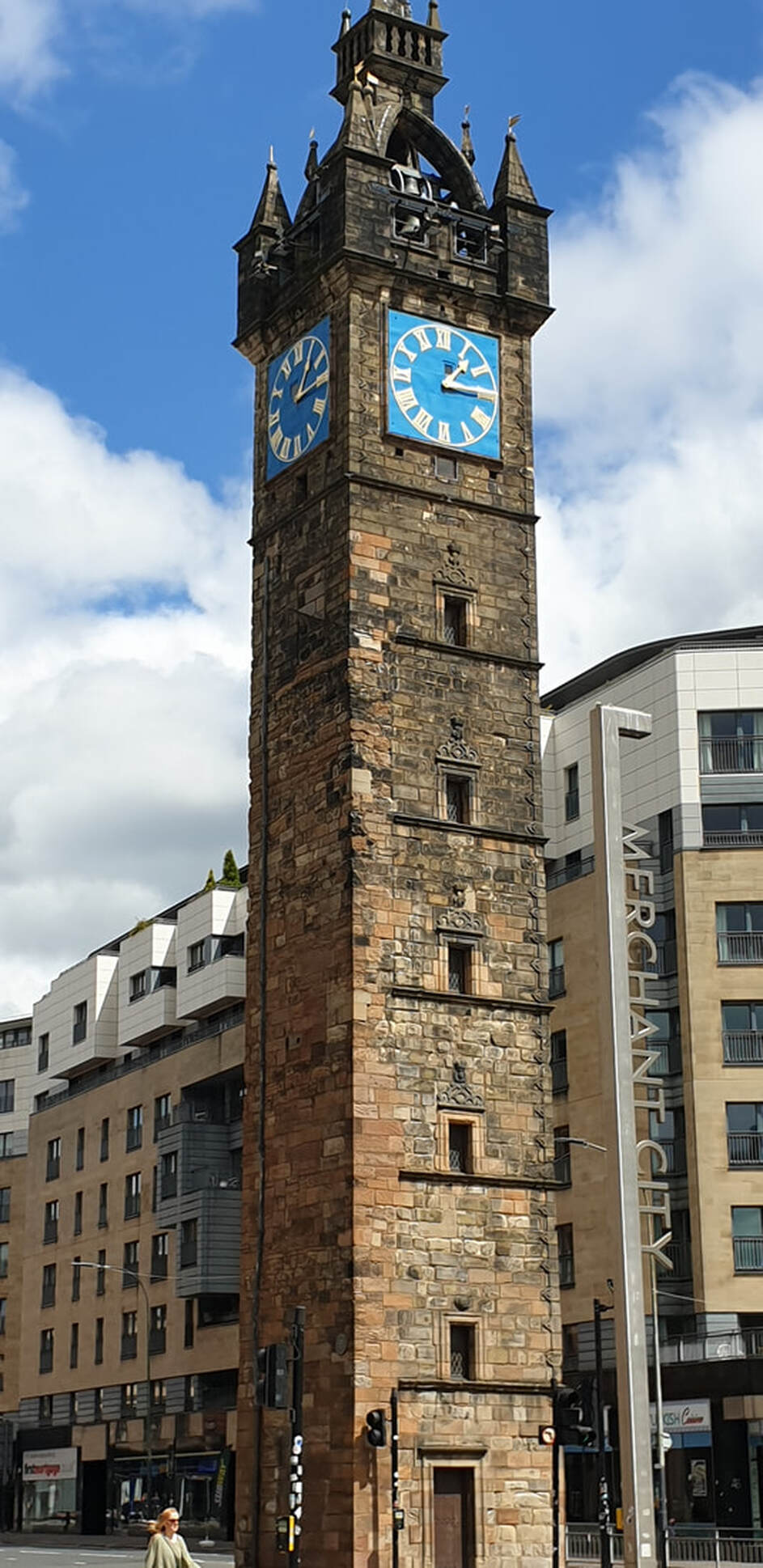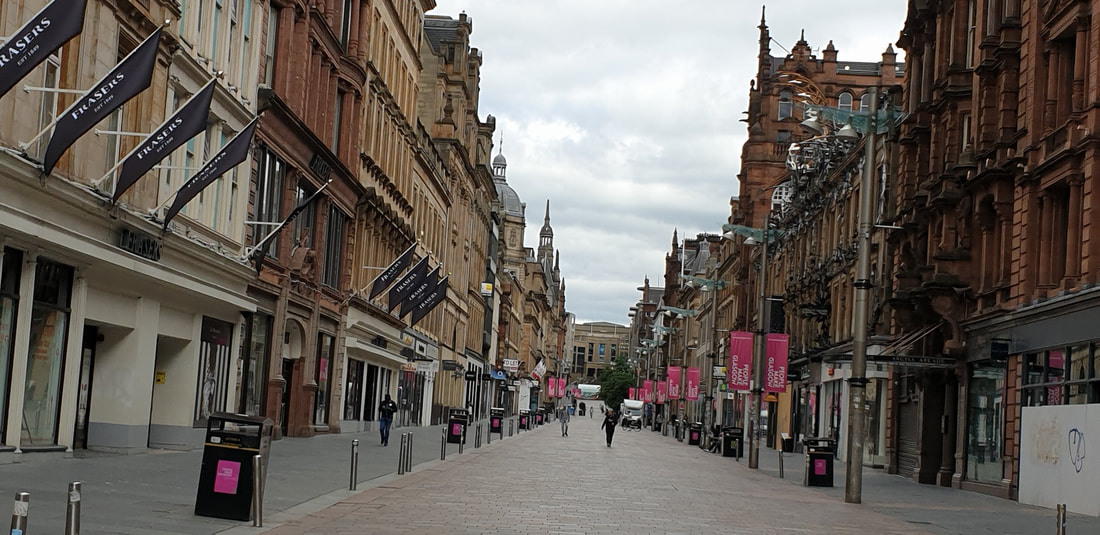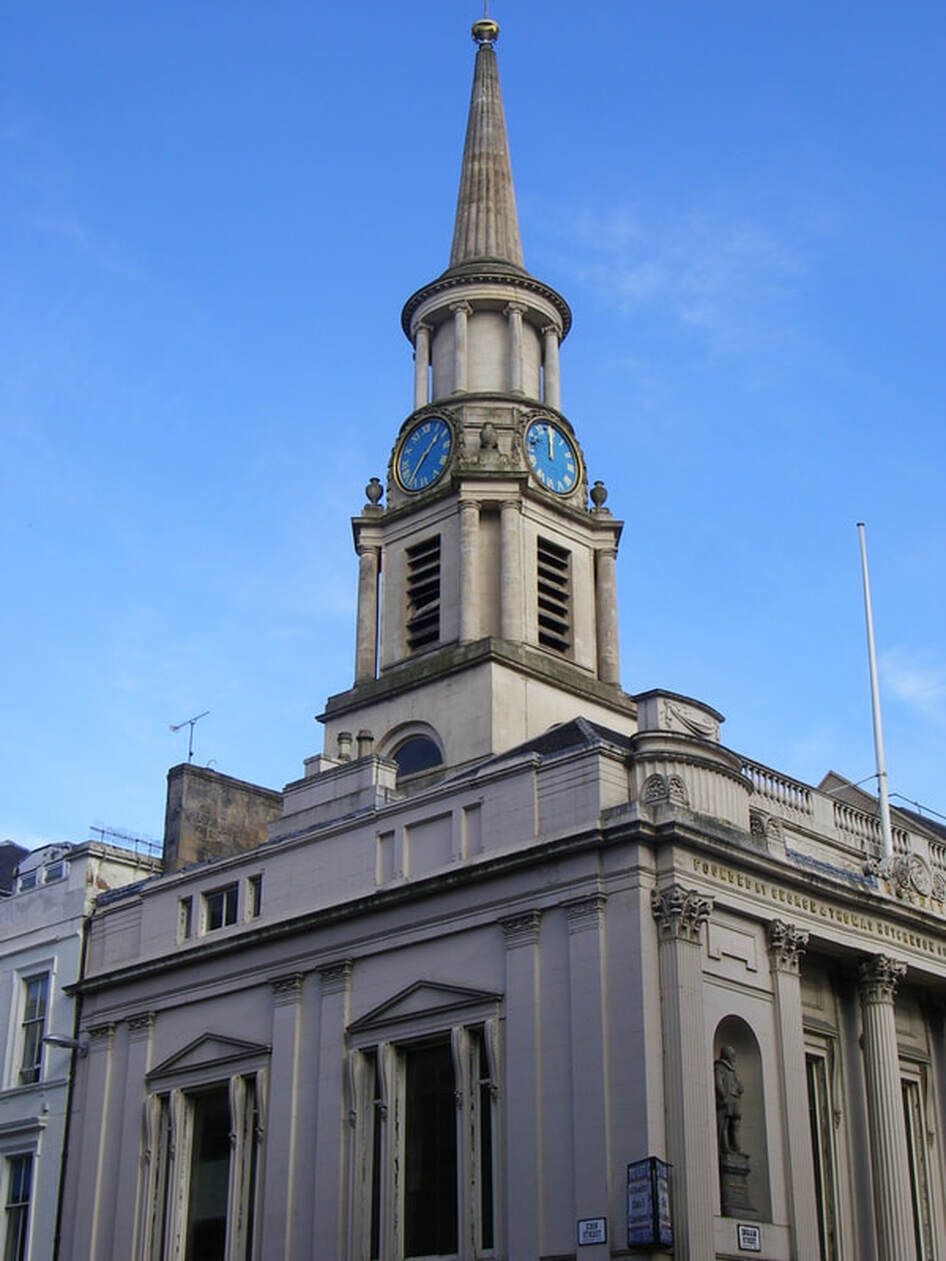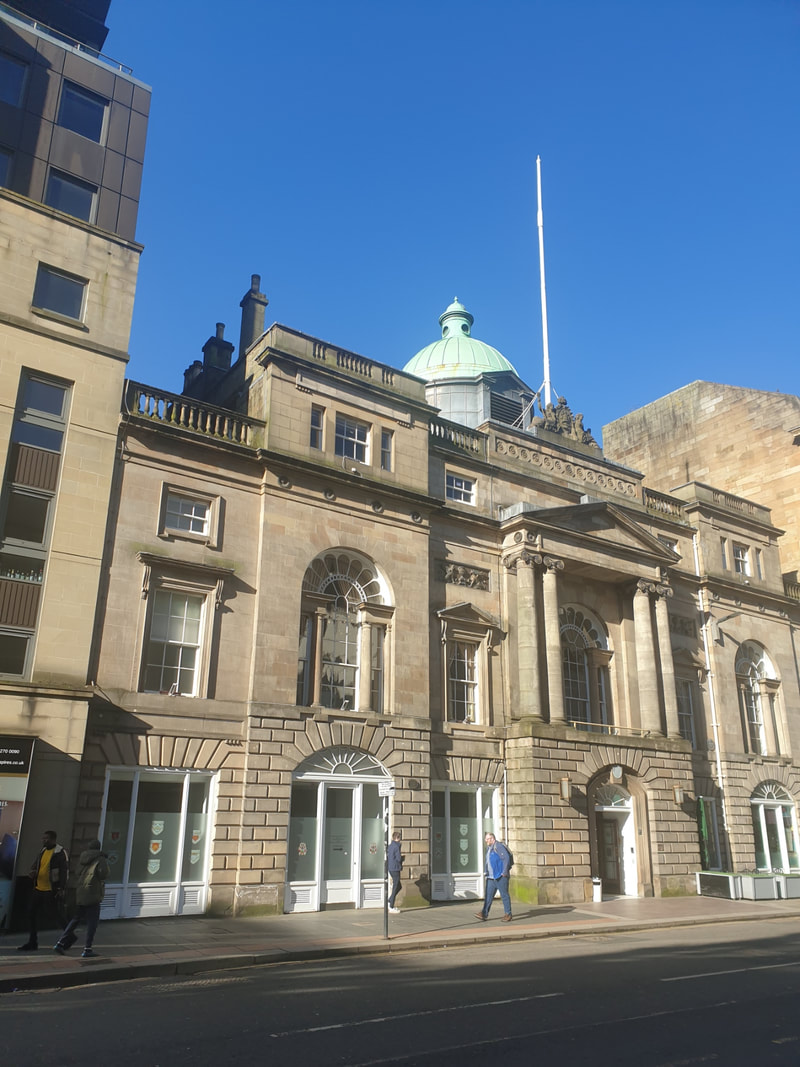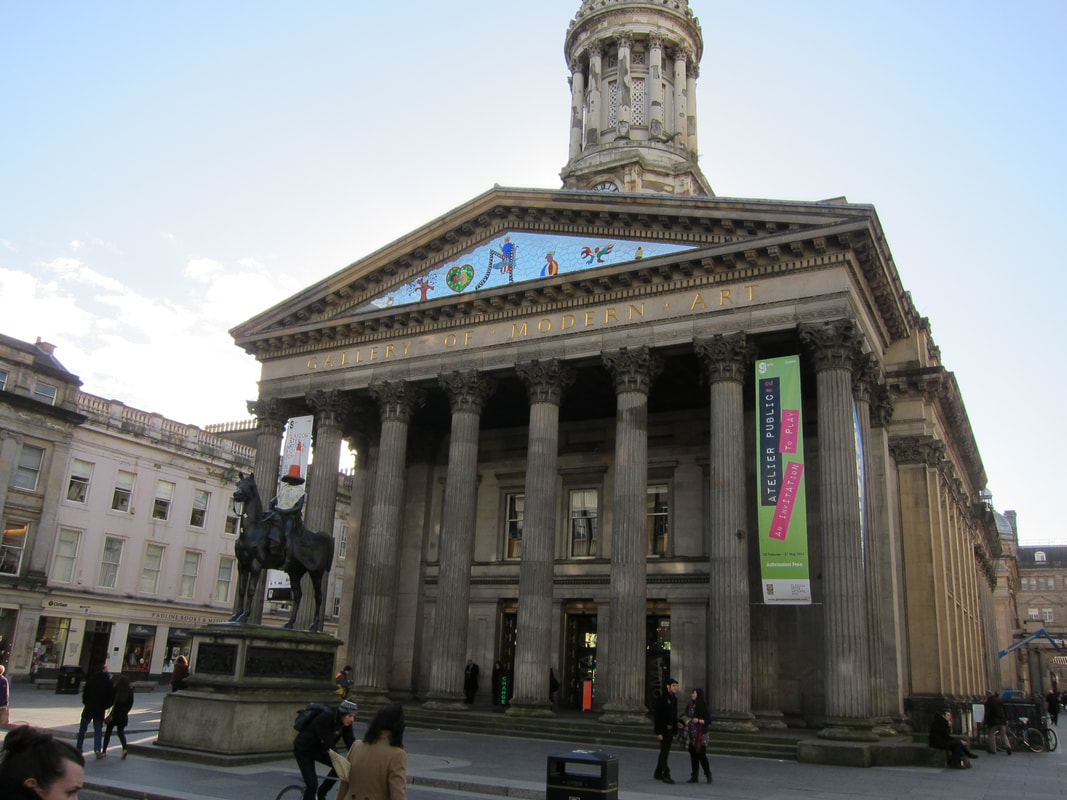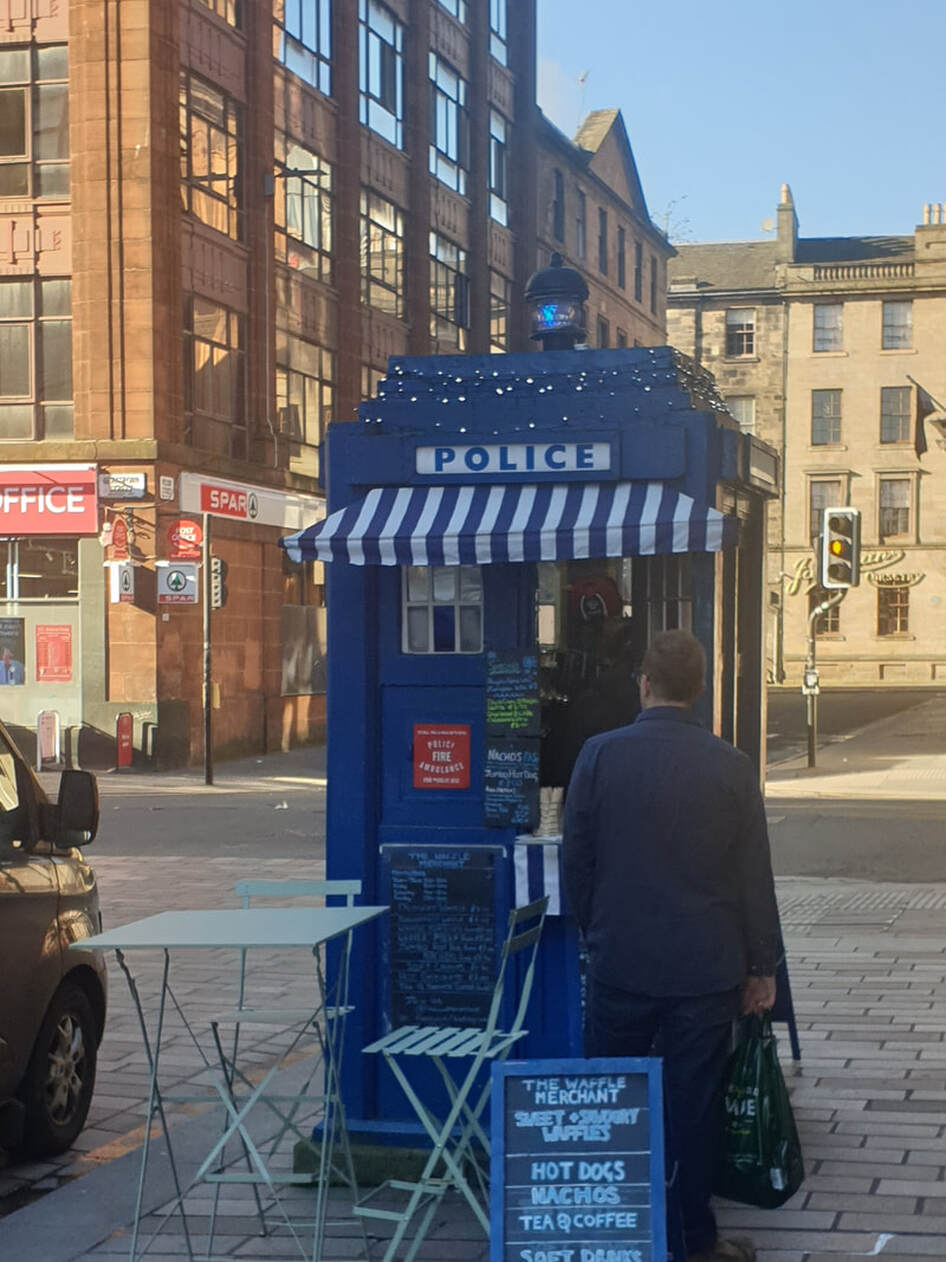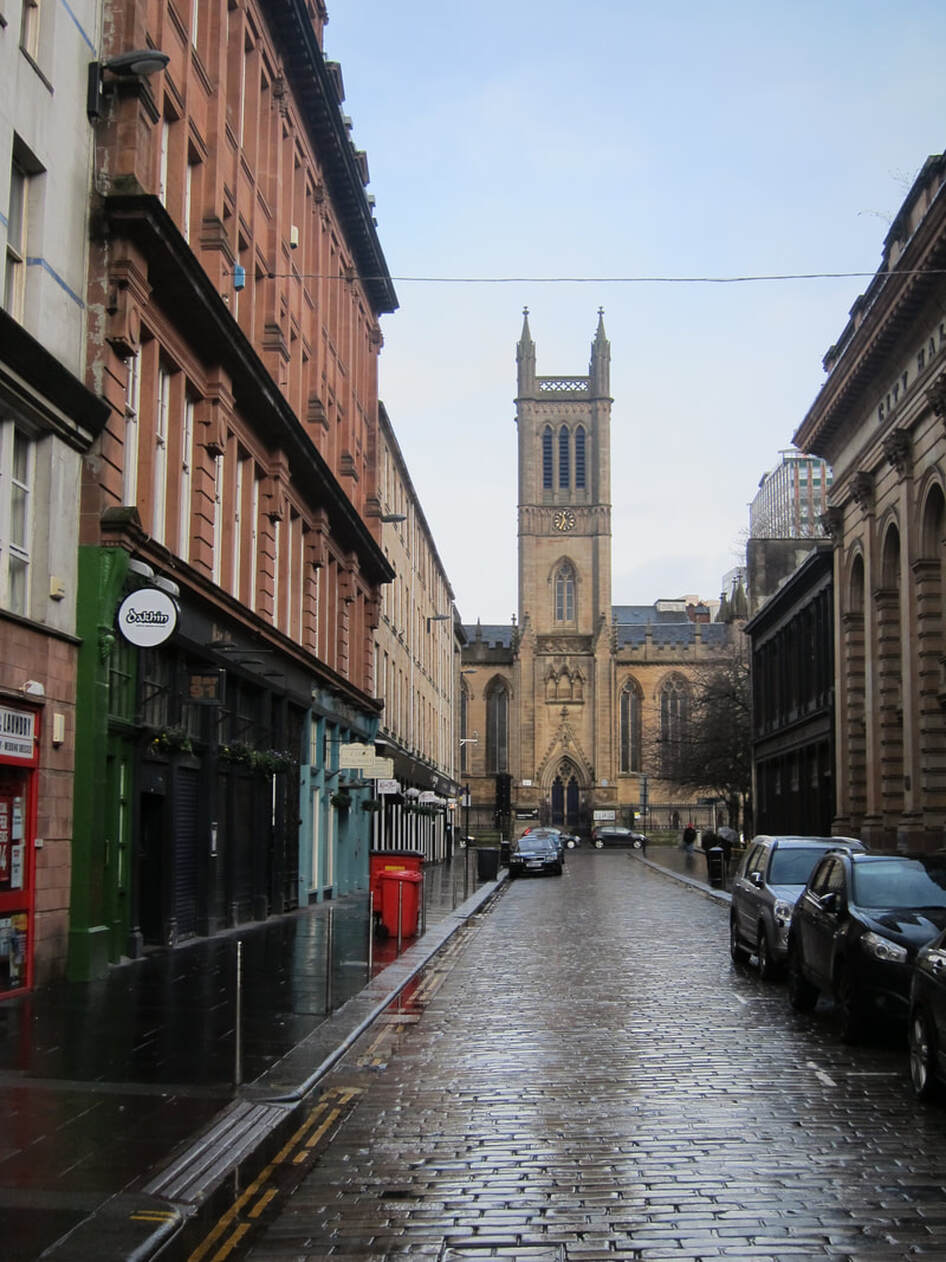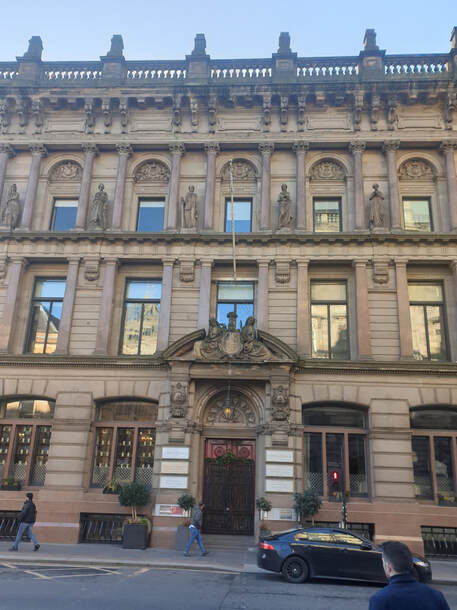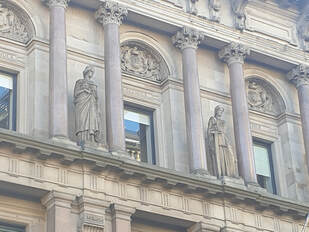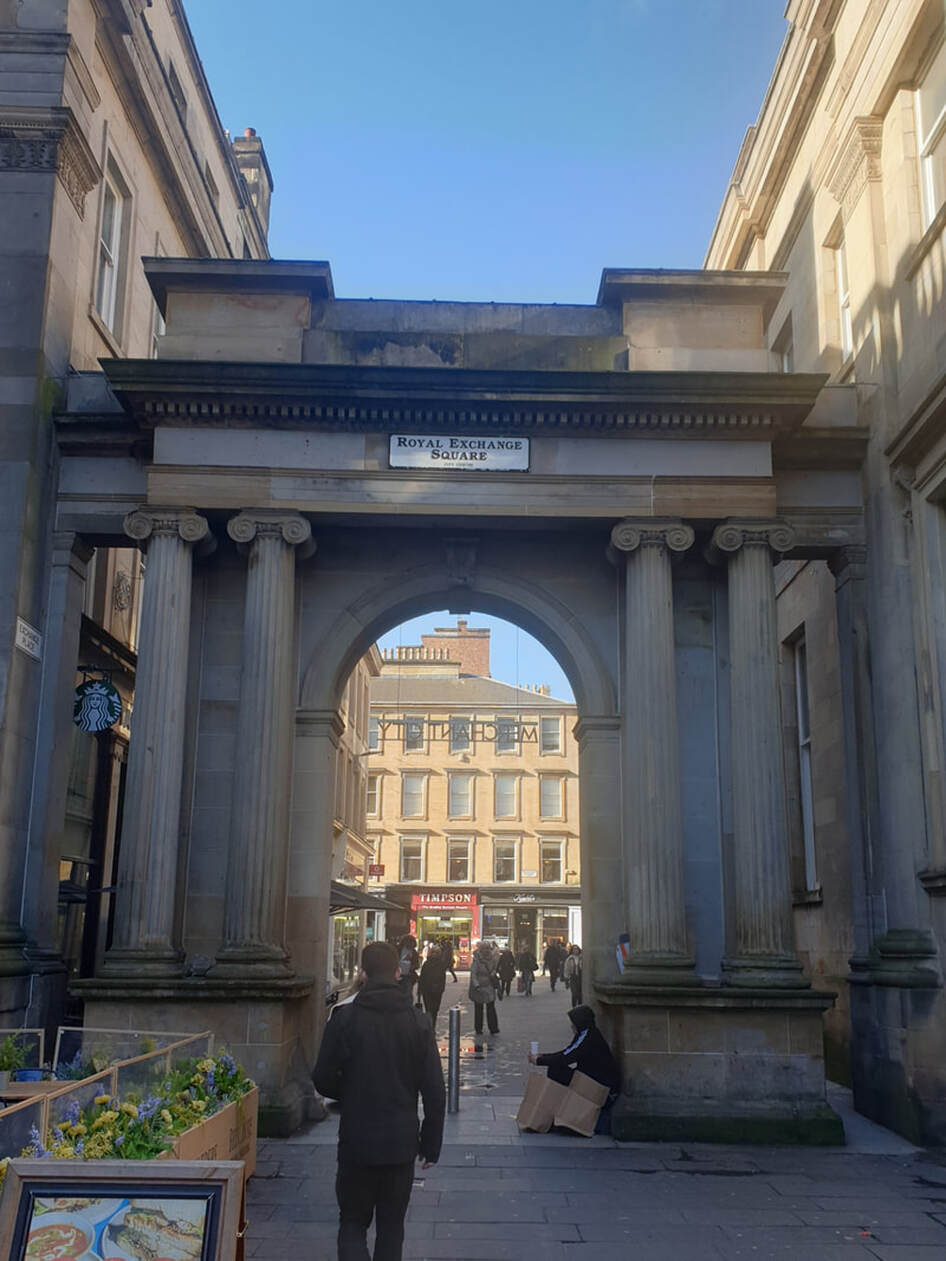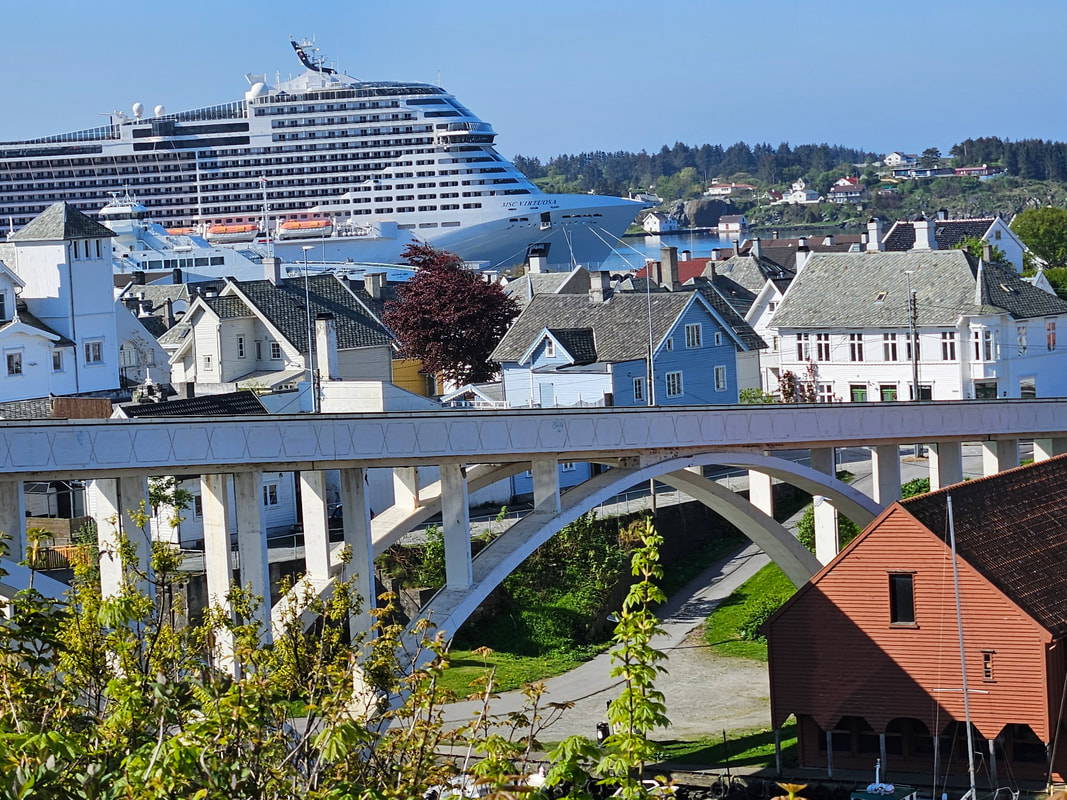March 2023
Glasgow was the second city of the British Empire. In my eyes the best. As I wrote on other pages. It started as a village set around the river Clyde. The city has grew and grew further and further away from the river but still to this day the Clyde is very important.
Glasgow was the second city of the British Empire. In my eyes the best. As I wrote on other pages. It started as a village set around the river Clyde. The city has grew and grew further and further away from the river but still to this day the Clyde is very important.
On this page I am going to tell you all about how the city became so important. How the city has so many magnificent buildings.
There is a area in the city called the Merchant City. A really smart area with amazing architecture. Stunning buildings with streets named after famous Merchants.
In 18th century The Tobacco Lords were a group of merchants who made enormous fortunes by trading in tobacco. Sad to say they also were part of the Slave trade.
Cochrane street, Ingram Street and the stunning Buchannan Street are named after wealthy Tobacco Lords. Also note 62 streets named after slave owners. St Andrews Square (built by the Tobacco Lords to demonstrate their wealth and power.
In 18th century The Tobacco Lords were a group of merchants who made enormous fortunes by trading in tobacco. Sad to say they also were part of the Slave trade.
Cochrane street, Ingram Street and the stunning Buchannan Street are named after wealthy Tobacco Lords. Also note 62 streets named after slave owners. St Andrews Square (built by the Tobacco Lords to demonstrate their wealth and power.
Above is the old Hutcheson's Hospital. Standing proud on Ingram Street. It was designed by David Hamilton. Built to help schooling for the poor and a hospital for the old. Now a very posh restaurant.
Exploration or Exploitation
There are records that state there were 19 recorded slave journeys which left from Greenock and Port Glasgow between 1706 and 1766 - These voyages around 2 to 3,000 people directly into slavery.
There are records that state there were 19 recorded slave journeys which left from Greenock and Port Glasgow between 1706 and 1766 - These voyages around 2 to 3,000 people directly into slavery.
In the 18th Century Glasgow was in control of the tobacco trade with 19 colonies. Trade changed when the American Revolutionary War happened. Glasgow lost three quarters of their trade but the merchants grew rich as their stocks of tobacco soared in value and turned their attention to the the West Indies and to textile manufacture.
By this time Glasgow`s Tobacco Lords were very wealthy. They could afford to build spectacular buildings and monuments that can still be seen today, and reinvested their money in industrial development to help Glasgow flourish.
There is a debate -Should we change the names of these streets.
-Knock down slave trade mansions or get rid of monuments/statue`s of any merchant.
-Knock down slave trade mansions or get rid of monuments/statue`s of any merchant.
Feb 2023 Slideshow -- Morning walk around the Merchant City
The statues on the Corinthian on Ingram Street are From left to right, Navigation and Commerce, Britannia, Wealth, Justice, Peace, Industry, Glasgow and finally Mechanics and Agriculture. Above the door, is the combined coat-of-arms of Glasgow and Edinburgh.
In the early 18th Century, Glasgow was described by the author Daniel Defoe as "the cleanest and beautifulness and best built city in Britain"
The American Revolution was fought between 1775 and 1783. North American colonies threw off British rule to establish the sovereign United States of America, founded with the Declaration of Independence in 1776.
Which affect the Tobacco trade in Glasgow.
Which affect the Tobacco trade in Glasgow.

